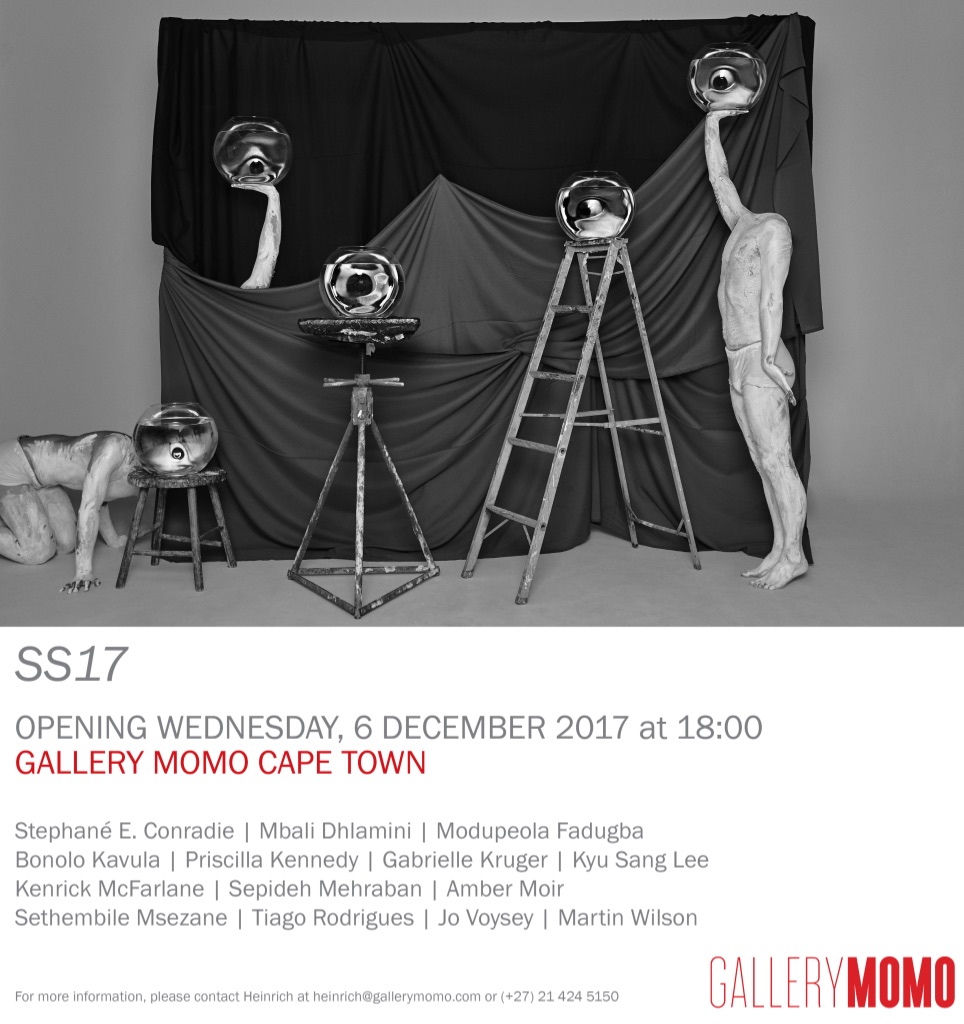2023
Exhibitions
LL Interspace: HOTPOT
Galerie KUB
2023
Exhibitions
Ketterer Kunst Masterclass Preis 2023
Ketterer Kunst
2023
Exhibitions
Table of Contents
Bistro 21
2022
Exhibitions
Just Rolllllll
documenta fifteen
2021
Exhibitions
Between Strangers
Nuweland Gallery
2021
Exhibitions
Investec Cape Town Art Fair 2021
CTICC
2021
Exhibitions
11:11
Eclectica Contemporary
2020
Exhibitions
Peepshow
Online
2022
Exhibitions
Neighbours / Des Voisin.e.s
Cité Falguière
2020
Exhibitions
Art Rotterdam
Rotterdam
2019
Exhibitions
Satellites
Suburbia Contemporary
2019
Exhibitions
Investec Cape Town Art Fair 2019: SOLO Section
CTICC
2019
Exhibitions
Still Here Tomorrow to High Five You Yesterday
Zeitz MOCAA
2018
Exhibitions
Also Known As Africa
Le Carreau du Temple
2018
Exhibitions
Throwing Shapes
SMITH Studio
2018
Exhibitions
nano 1.2
Barnard Gallery
2018
Exhibitions
Stop Stop Click
Eclectica Contemporary
2018
Exhibitions
Investec Cape Town Art Fair 2018
CTICC
2017
Exhibitions
Salad
SMITH Studio
2017
Exhibitions
SS17
Gallery MOMO
2017
Exhibitions
Celeste Prize 2017, 9th edition by Fatoş Üstek
OXO Tower Wharf
2017
Exhibitions
Turbine Art Fair
Turbine Hall
2017
Exhibitions
Be Kind, Please Rewind
Gallery MOMO
2017
Exhibitions
Marked
Eclectica Print Gallery
2017
Exhibitions
Paradise Regained
Eclectica Contemporary
2016
Exhibitions
Meditative Moments
Müllers Gallery
2016
Exhibitions
By Way of Hand
Cape Town School of Photography
2016
Exhibitions
Focus
Jan Royce Gallery
Contact
Phone(De) : +49 176 43229331
Email : kyusang.q.lee@gmail.com
Instagram : kyusanglee_
Phone(Kr) : +82 10 3895 0550
